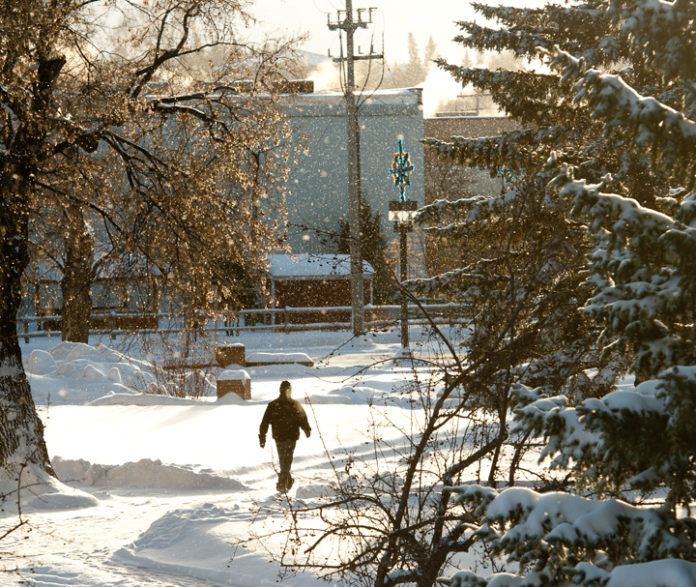Now that Mother Nature has declared that it’s winter, SGI and CAA Saskatchewan are reminding the public how to drive safely in snow and ice.
The SGI Driver’s Handbook says the main cause of winter collisions is failing to adjust to the changing conditions.
Before you drive, SGI says to make sure your vehicle is cleared off. Scrape not just your windshield, but also your rear and side windows. Clean your headlights, tail lights and signal lights for drivers around you.
When on slippery surfaces, the general rule is to drive slowly.
SGI says you should not use cruise control on icy or slippery roads. This is especially important when driving on black ice—a thin layer of transparent ice on the road.
Although icy roads may look the same at -2 C and -22 C, warmer temperatures will cause the road to be far more slippery. That’s why it’s important to accelerate and brake gently and steer using small, smooth movements.
If you accelerate too quickly, you’ll go beyond the vehicle’s available traction and your wheels will spin. If you brake too hard and your wheels lock, you’ll break the traction and the vehicle will not be able to turn.
SGI also says to slow down and make wider turns.
It’s also important to increase your following distance because you don’t know how experienced or how much traction the driver in front of you has.
CAA Saskatchewan is also reminding drivers to be prepared for the winter season.
This includes switching to a synthetic oil and using a winter-grade washer fluid, plugging in your vehicle when the temperature falls below -15 C, checking your battery often, using all-weather or winter tires and checking your tire pressure monthly.
It also says to slow down when passing a snow plow on the highway because it can reduce your visibility. This rule also applies when passing tow trucks—it’s the law to slow down to 60 kilometres per hour.
Also, remember to pack warm clothing in your vehicle, as well as an emergency kit that includes a flashlight, a shovel, a snow brush, an ice scraper and battery booster cables.
If you do become stranded, keep calm and stay with your vehicle.
Keep your cellphone fully charged so you can make a call for help.
Don’t spend too much time pushing or digging yourself out—it will make you cold and tired. Run your engine long enough to keep your vehicle warm, and then turn it off to conserve fuel.
Signal to others that you’re in need of help by placing a bright scarf or blanket in a rolled up window.
If you’re unsure if your vehicle is ready for winter conditions, visit a professional.


